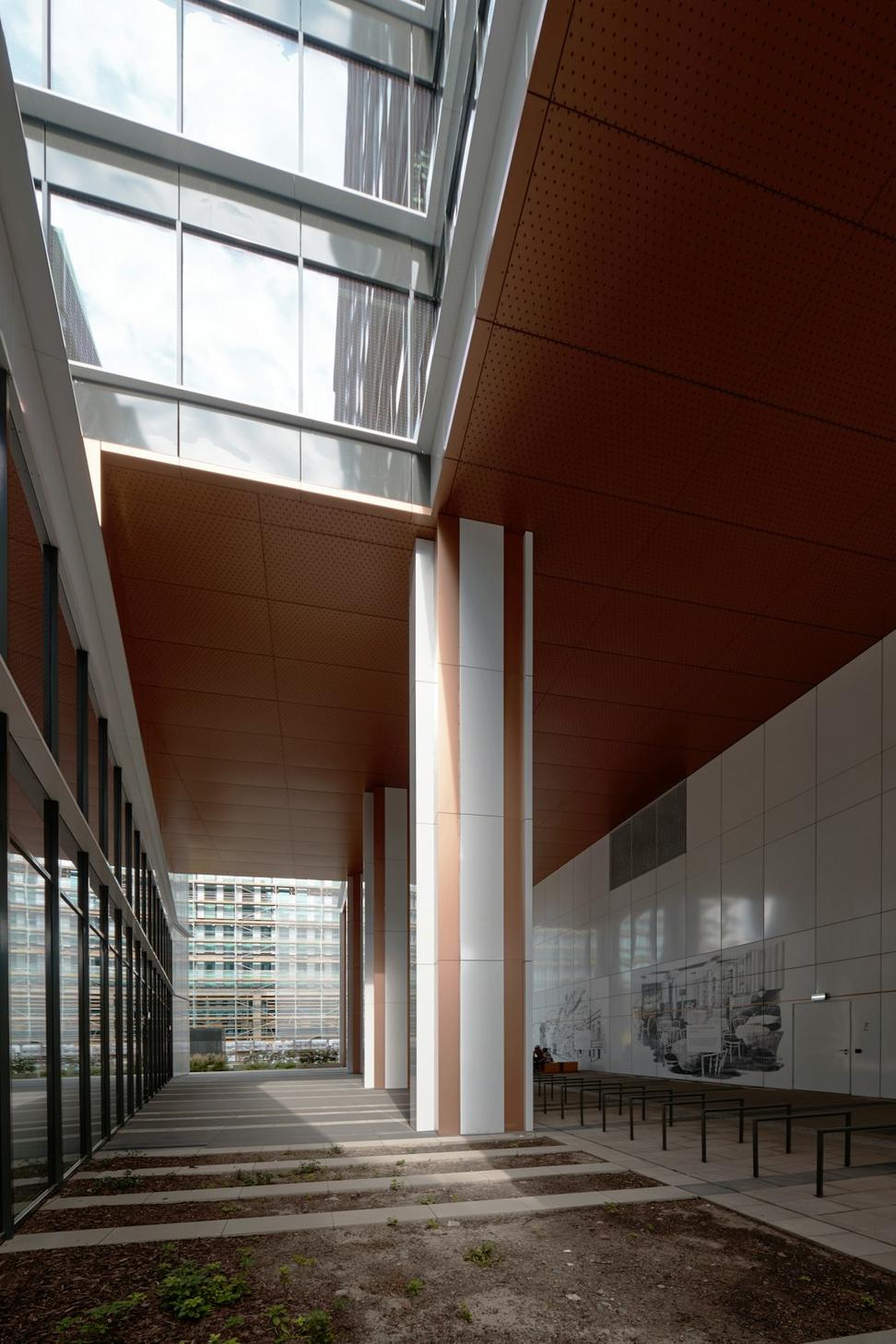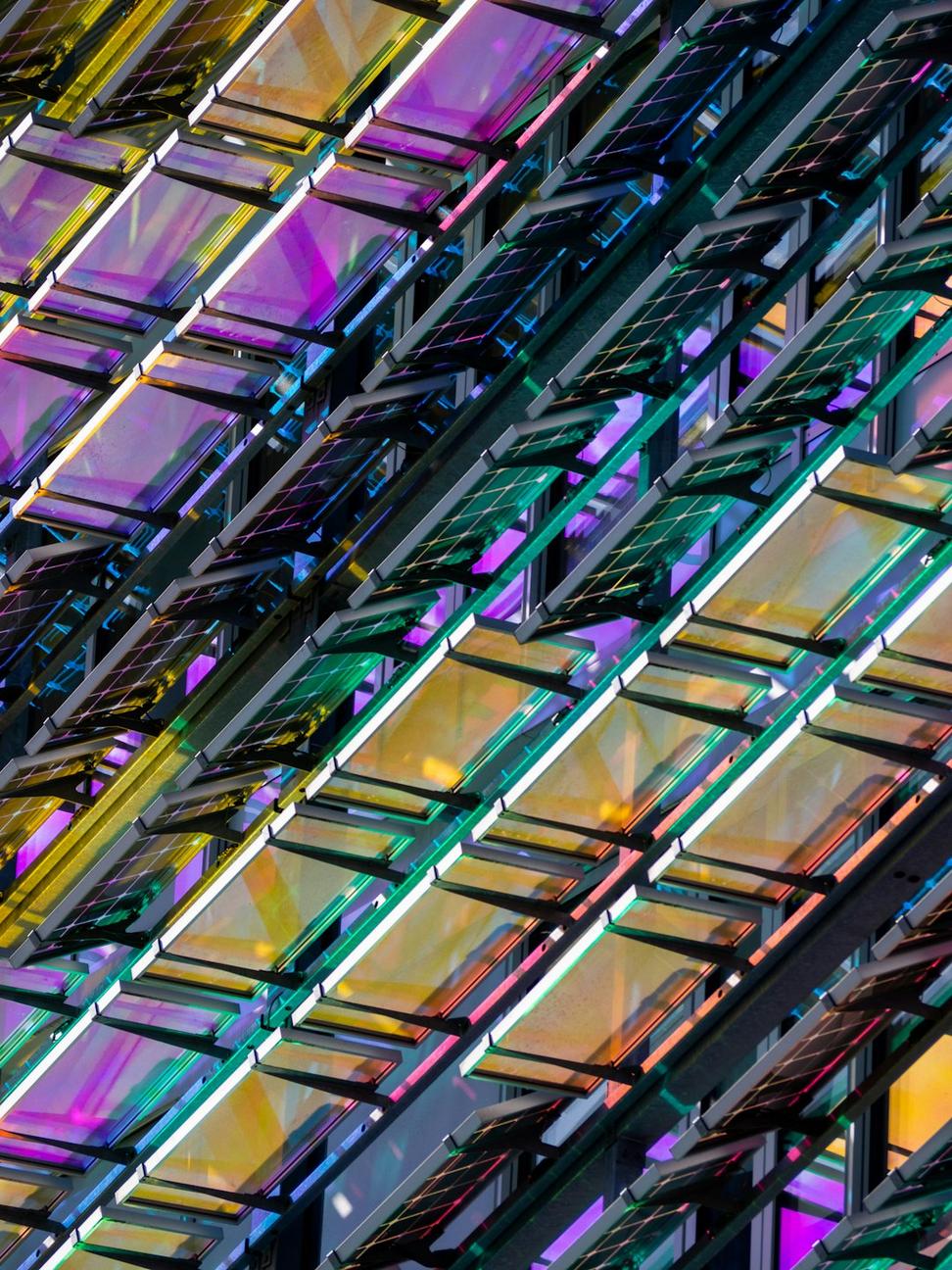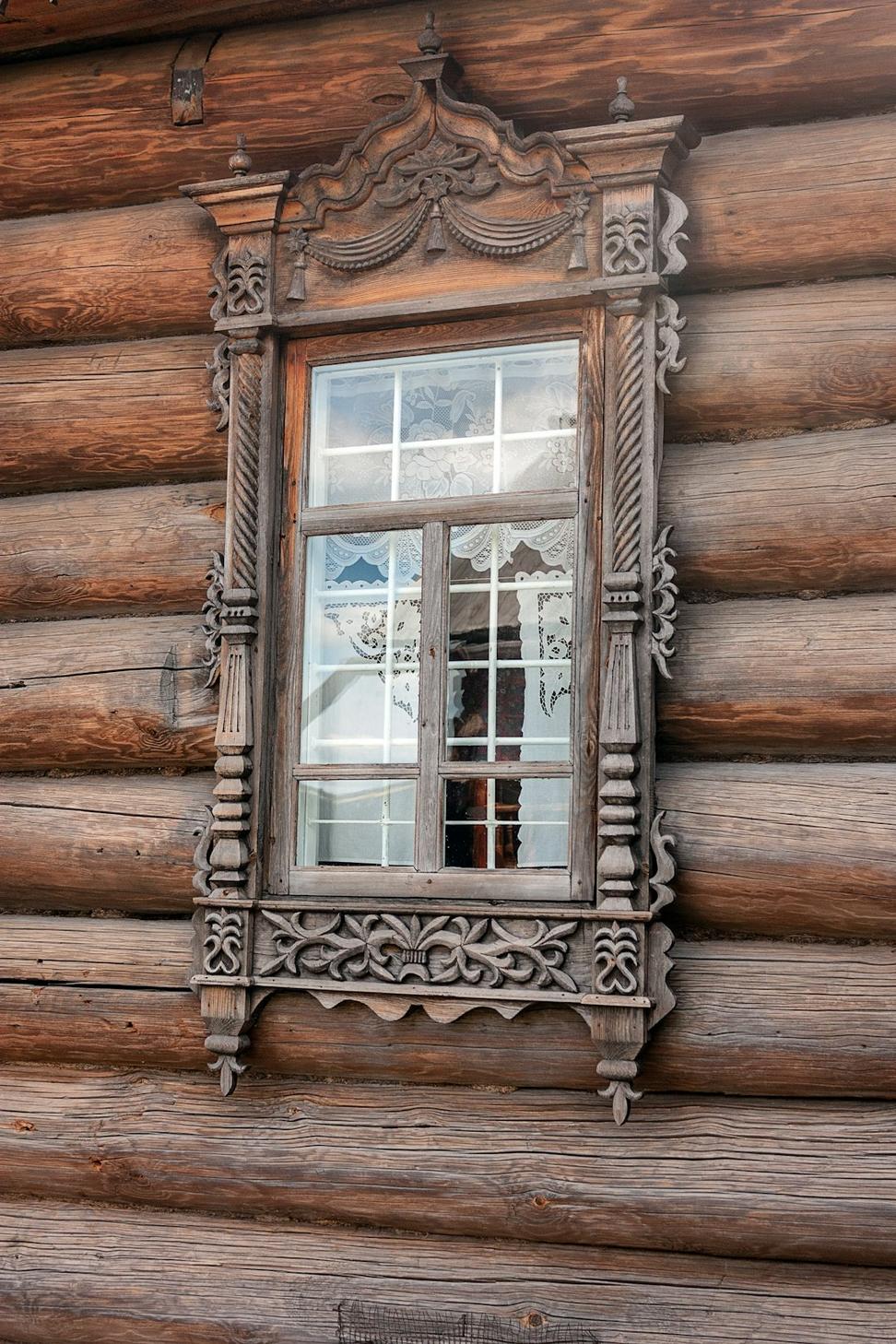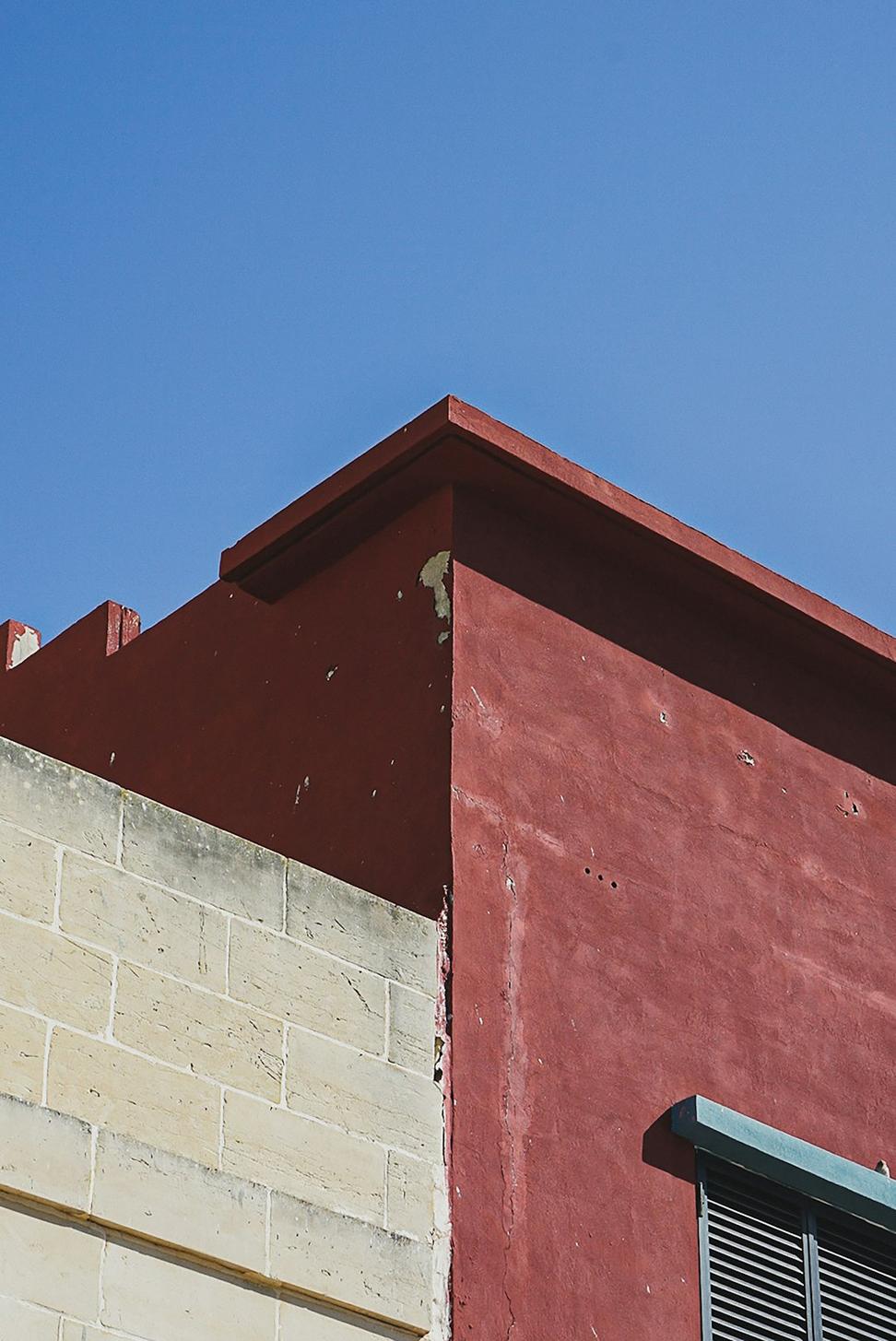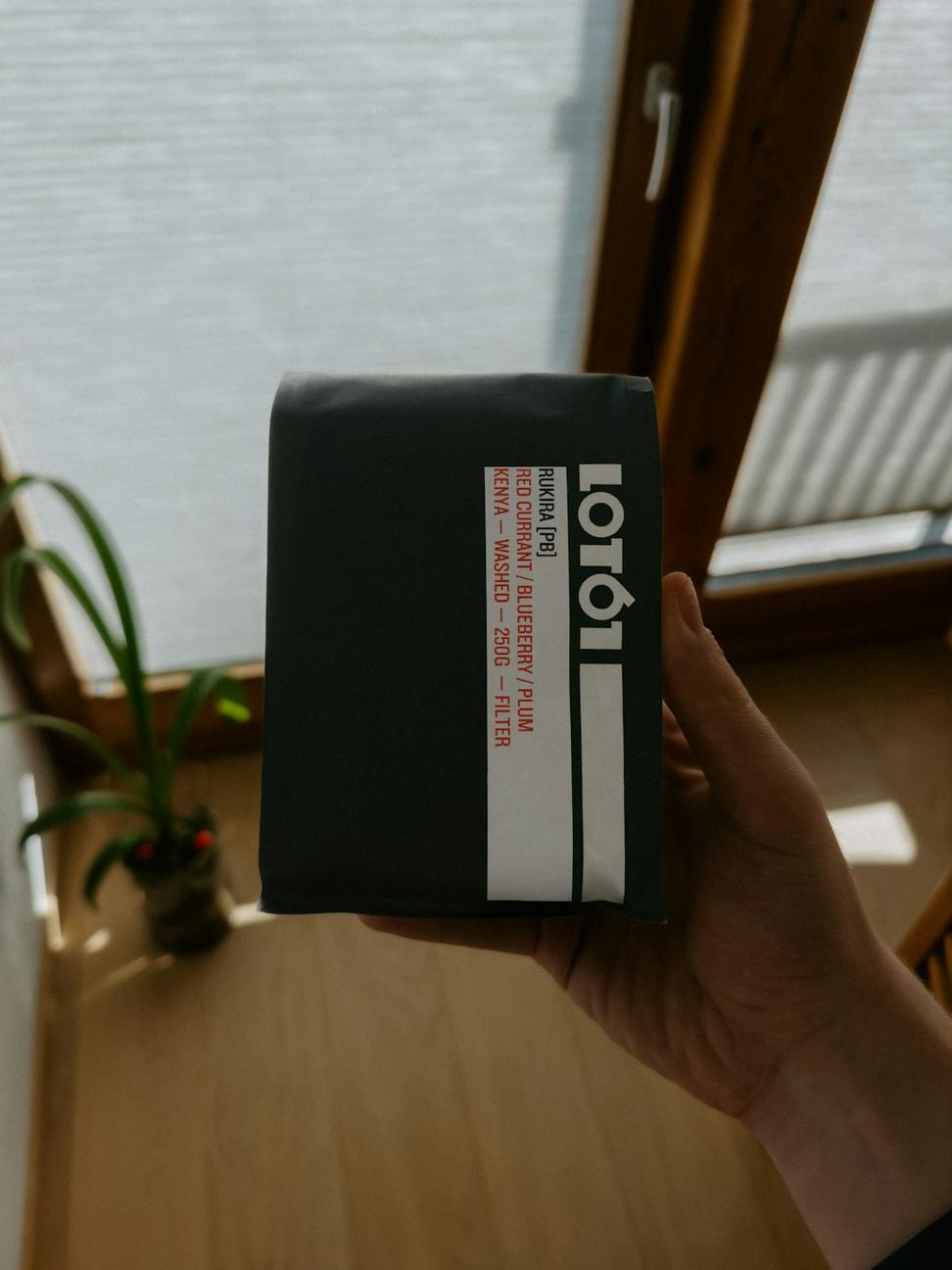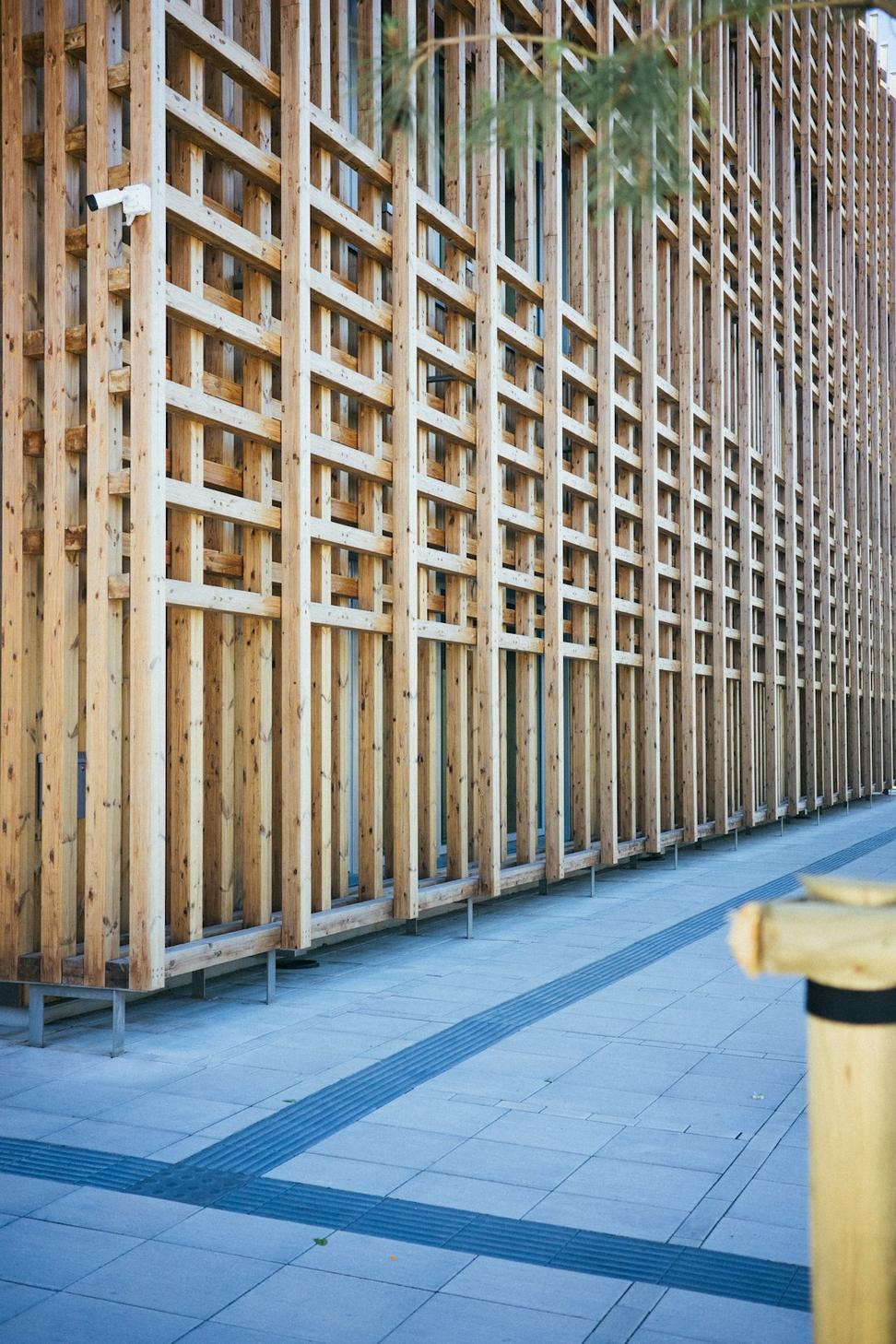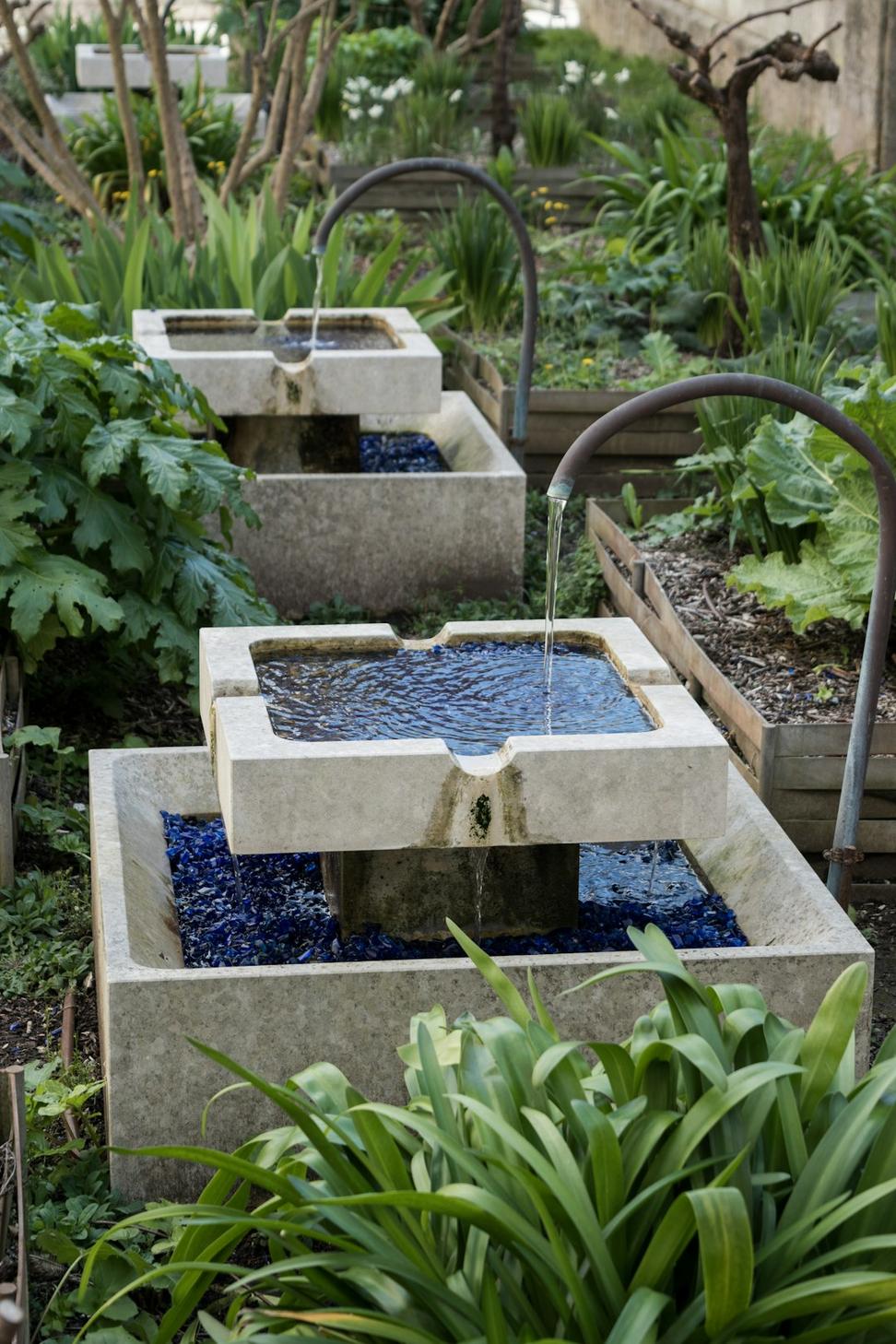Our Design Philosophy
Here's what bugs me about conventional construction - we tear down perfectly good trees, truck in materials from halfway across the globe, and build structures that leak energy like a sieve. Then we wonder why utility bills are through the roof.
We approach it differently. Every project starts with a site analysis that'd make your high school science teacher proud. We're looking at solar orientation, prevailing winds, existing vegetation, water runoff patterns - the whole ecosystem.
"The best building is the one that works with nature, not against it. I learned that the hard way on my third project when I ignored local wind patterns and ended up with a building that whistled like a tea kettle every winter."
